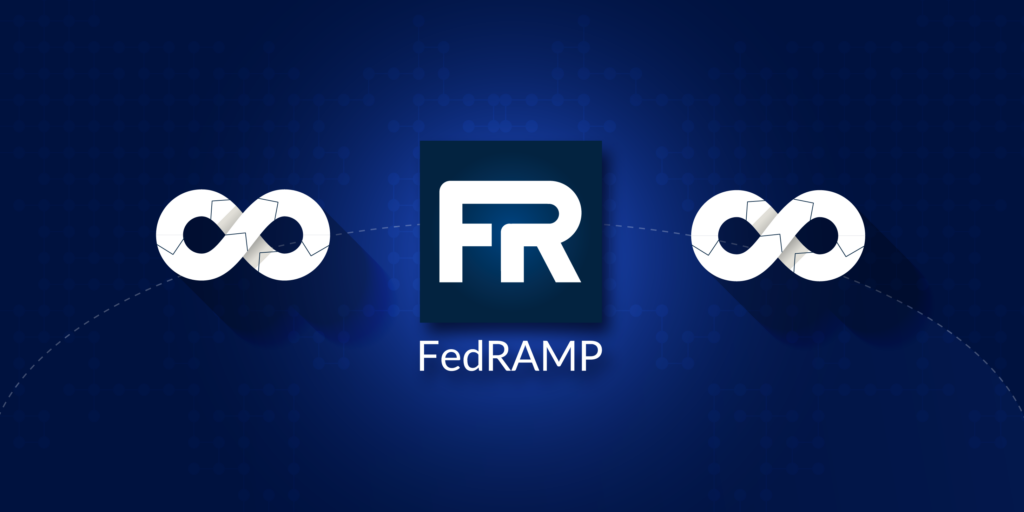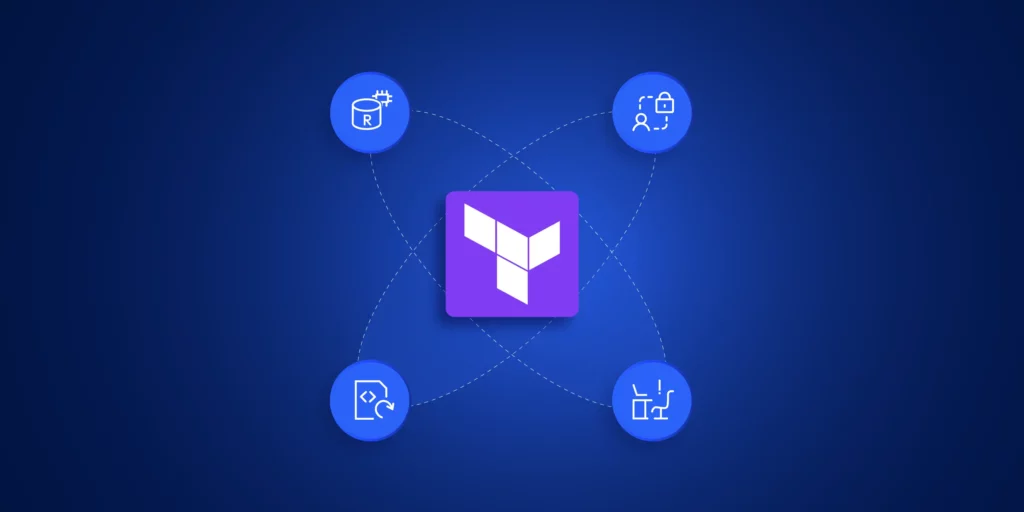If your organization offers cloud products or services to U.S. federal agencies, you need to follow security standards. These standards are called FedRAMP. FedRAMP stands for the Federal Risk and Authorization Management Program. It is a government-wide program. FedRAMP offers a standard way to assess, authorize, and monitor the security of cloud services for federal agencies. Ensuring cloud providers meet strict security requirements makes it easier and safer for agencies to adopt cloud services while maintaining their cloud compliance obligations.
In this blog, we will explore how DevOps and SRE teams can help with FedRAMP compliance. We will also discuss the important role of infrastructure as code (IaC) automation in strong cloud governance.
What is FedRAMP and Why does it Matter for DevOps?
FedRAMP is a group of security controls. These controls follow the guidelines from the National Institute of Standards and Technology (NIST). It provides a unified approach to security assessment, authorization, and continuous monitoring for cloud products and services. There are over 300 security controls that DevOps and SRE teams need to pay attention to. These controls cover areas such as access management, incident response, risk assessment, and continuous monitoring to ensure cloud security for federal agencies. FedRAMP requires DevOps and SRE teams to manage all changes, resources, and roles in your infrastructure.
How IaC Automation Helps DevOps with FedRAMP Cloud Compliance
Infrastructure as Code (IaC) tools like Terraform enable DevOps to automate and codify the creation and management of infrastructure across providers such as AWS, Azure, and Google Cloud. They are essential tools enabling teams to manage infrastructure in a consistent, repeatable, and scalable way. They help to prevent misconfigurations and cloud drift while maintaining compliance with critical FedRAMP controls.
Why IaC Needs Robust Cloud Governance
But writing secure Terraform code doesn’t automatically mean you are FedRAMP-compliant. Cloud-native DevOps teams need to spot infrastructure drift in real time. They must also block both authorized and non-compliant changes. They also need to be able to track and approve all modifications and recover from a security incident quickly.
DevOps needs to ensure three key things. First, they should have visibility. Second, they must include governance. Third, they need the ability to roll back to a good cloud state. These requirements should be part of their Terraform or OpenTufo and GitOps pipeline from the beginning. They should not be added later.
That’s where IaC automation platforms like ControlMonkey help with cloud compliance for DevOps. They give teams the tools, rules, and workflows they need. Most importantly, they provide the confidence to meet compliance requirements. By enforcing governance and visibility around Terraform, they can turn static IaC into continuous compliance.
10 FedRAMP Compliance Requirements Solved with IaC Automation
FedRAMP includes numerous control families, but not all apply to DevOps and SRE teams. Here are the 10 key control areas where IaC automation can directly help with FedRAMP cloud compliance.
| FedRAMP Control Area | Operational Challenge | IaC Solution in Practice | Tools & Frameworks |
|---|---|---|---|
| CM-2: Baseline Configuration Management | Manual changes create drift from known-safe infrastructure | Detect and auto-revert drift to match Terraform baseline | ControlMonkey (Product) Terraform State Locking (Native) AWS Config (Native) |
| AC-6: Least Privilege Enforcement | Over-permissive IAM roles are applied via IaC | Use pre-merge checks to validate against IAM policy guardrails | OPA Rego (Open Source) tfsec (Open Source) |
| CM-3: Configuration Change Control | Lack of traceable, reviewed infrastructure changes | Enforce Git-based approvals with tagging and commit history | GitHub/GitLab PR Reviews (Product) ControlMonkey Governance (Product) |
| IR-4: Incident Response | Slow or manual recovery from incidents leads to non-compliance | Use daily Terraform snapshots for fast rollback and state reversion | ControlMonkey Snapshots (Product) Terraform plan logs (Native) AWS CloudTrail (Native) |
| AU-2: Audit Logging | Incomplete records of infrastructure changes | Maintain full audit trail across IaC changes, authors, timestamps | ControlMonkey Cloud Inventory (Product) Git commit history (Native) AWS CloudTrail (Native) |
| RA-5: Vulnerability Scanning | Code deployed without scanning for known misconfigurations | Integrate IaC security scanning into CI/CD | tfsec (Open Source) Checkov (Open Source)KICS (Product) GitHub Actions (Product) |
| SI-2: Flaw Remediation | No lifecycle tracking for code/config updates after CVEs | Tag changes and enforce remediation timeframes via policy | OPA Policies (Open Source) |
| SC-12: Cryptographic Key Management | Hardcoded secrets or poor encryption practices | Replace with encrypted variables and KMS integrations | AWS KMS (Native) Terraform Variable Management (Native) |
| IA-2: Multi-Factor & Identity Validation | IAM misconfigurations enable unauthorized access | Enforce MFA flags, identity tags, and policy templates in code | Terraform AWS IAM Modules (Open Source) OPA (Open Source) |
| CP-9: Information System Backup | No automated backup or rollback strategy for infrastructure | Use version-controlled Terraform state and daily config snapshots | ControlMonkey Cloud Infra (Product) Terraform State History (Native) |
IaC Automation for FedRAMP DevOps Control
IaC automation plays a crucial role in meeting FedRAMP security controls, enabling DevOps to enforce security policies consistently across cloud environments. A comprehensive IaC automation and cloud governance solution like ControlMonkey aligns with key FedRAMP security and governance requirements.
To learn more about how ControlMonkey can put your DevOps team in FedRAMP Control, book an intro call today.




